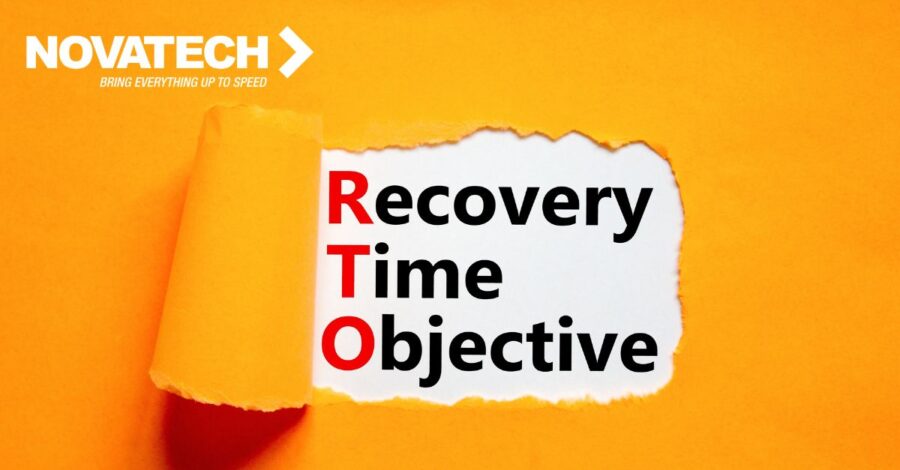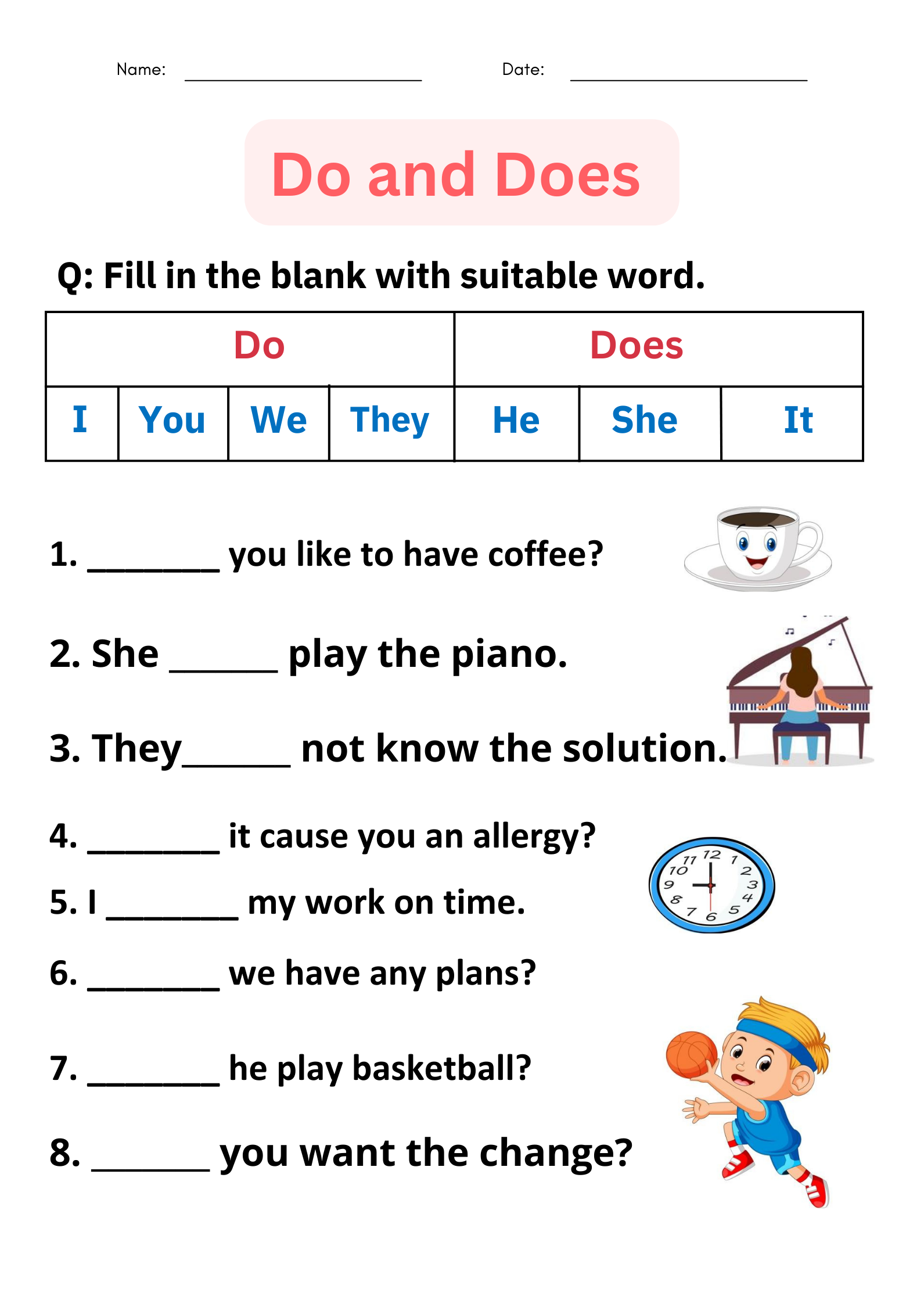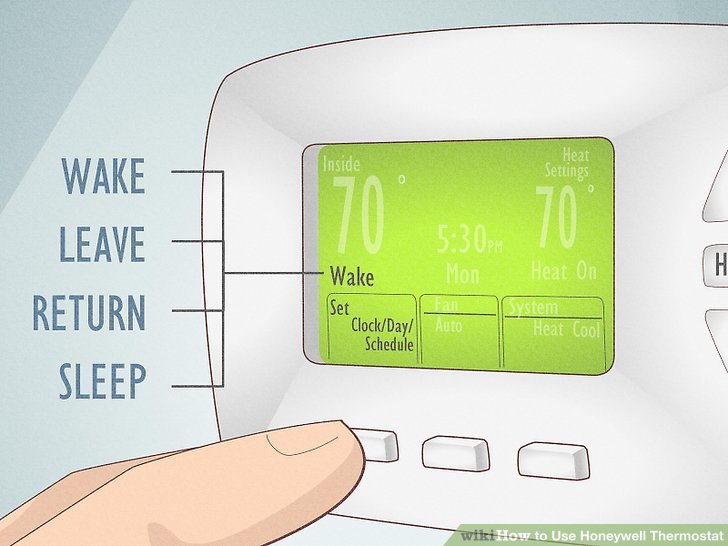Discover the Purpose and Rituals of Tea Pets: Tradition, Luck, and Mindful Tea Drinking
Introduction: The Intriguing World of Tea Pets
Tea pets-small clay figurines placed on tea trays-are a unique aspect of traditional Chinese tea culture, loved for their symbolism, charm, and ritualistic role. Far more than simple decorations, tea pets are woven into the fabric of mindful tea drinking, offering both practical and spiritual value. This article explores what tea pets are used for, their origins, how to care for them, and how anyone can invite their symbolism and serenity into daily life. Whether you are a seasoned tea enthusiast or new to the world of Gong Fu Cha, understanding tea pets can deepen your appreciation of the tea experience.
What Are Tea Pets?
A tea pet is a small, unglazed clay or ceramic figurine, most commonly made from Yixing zisha clay in China. These figurines are typically modeled after animals, mythical creatures, or even legendary characters. They are placed atop a tea tray during tea ceremonies, where they are ‘fed’ with leftover tea as part of the ritual. [3] The porous nature of the clay allows the tea pet to absorb tea, which over time changes its color and imparts a unique scent. Tea pets are often chosen based on personal symbolism or zodiac significance, making them deeply personal to their owners. [1]
The Cultural and Symbolic Significance of Tea Pets
Tea pets have a rich history dating back to the Yuan dynasty, evolving through the Ming and Qing dynasties in China. [2] Their primary purpose is not just aesthetic-tea pets are believed to bring good luck, fortune, and positive energy to the tea drinker. The symbolism varies depending on the figure:
- Pigs: Represent wealth, home comfort, and abundance.
- Dragons: Symbolize power, strength, and protection.
- Frogs and toads: Associated with prosperity and luck.
- Mythical creatures (like Pixiu or Qilin): Invoked for happiness, fortune, and spiritual protection. [3] [4]
Beyond luck, many tea drinkers view their tea pets as companions-silent friends sharing the tranquil moments of the tea session. This sentimental value is especially noted among Western tea enthusiasts, who often select dog or cat-shaped tea pets. [1]
Enhancing the Tea Experience
Tea pets play a practical and sensory role in traditional tea ceremonies like Gong Fu Cha:
- Ritual and Mindfulness : Pouring tea over the tea pet is a mindful, repetitive act that encourages relaxation and presence during the tea session. The act of ‘feeding’ the tea pet symbolizes care and gratitude for the tea and the moment. [4]
- Sensory Delight : Over time, the clay absorbs tea, changing the tea pet’s color and developing a unique aroma. This evolving appearance is a source of joy for many collectors. [3]
- Water Temperature Testing : Some tea pets, such as the ‘pee-pee boy’, can be used to test the temperature of water. When hot water is poured on them after being soaked in cold water, they squirt out the absorbed liquid, making them interactive and practical. [3]
Ultimately, tea pets can make the tea ritual more engaging, soothing, and personal, transforming a simple drink into an enriching experience.
Step-by-Step Guide: How to Use a Tea Pet
Integrating a tea pet into your tea sessions is straightforward but steeped in tradition:
- Select Your Tea Pet : Choose one that resonates with you. Many people select a symbol related to their zodiac or personal values.
- Prepare for the Tea Session : Place the tea pet on your tea tray alongside your teapot, cups, and other accessories.
- Initiate the Ritual : As you prepare tea, use the hot water and leftover tea (from rinsing leaves or warming cups) to gently pour over the tea pet. Some practitioners believe this act ‘awakens’ or ‘nourishes’ the pet, gradually imbuing it with spirit. [2]
- Feed Regularly : Continue to pour tea over your pet during each session. Over weeks and months, the tea pet will develop a beautiful patina and a subtle, pleasant scent.
- Observe Changes : Watch as the tea pet changes color and gains a polished appearance. This visible transformation is a testament to the time and care invested in your tea practice. [4]
There are no strict rules-tea pets can be named, moved, or replaced as you see fit. The process is meant to be personal and enjoyable, enhancing your connection with tea culture.

Source: wisegeek.org
Practical Care and Maintenance
To keep your tea pet in optimal condition, follow these steps:
- Rinse with Tea Only : Avoid using soap or chemicals, as these can be absorbed by the porous clay and affect both color and scent.
- Dry Properly : After each session, allow your tea pet to air-dry fully to prevent mold or mildew.
- Consistent Use : Regularly pouring tea over your pet will enhance its color and aroma. If you skip sessions, simply resume pouring tea as you return to your practice.
- Storage : Keep your tea pet in a clean, dry place when not in use, ideally on the tea tray or a dedicated display shelf. [2]
With proper care, a tea pet can last for years or even decades, becoming a treasured part of your tea ritual.
Examples and Real-World Applications
Case Study 1: A tea enthusiast in New York has used the same pig-shaped tea pet for over five years. Over time, the pet has developed a rich, dark sheen and subtle tea fragrance, creating a sense of continuity and tradition at every tea gathering. [1]
Case Study 2: In tea houses across Shanghai, tea pets are chosen to reflect seasonal festivals or special occasions, such as dragons for Lunar New Year or rabbits for the Mid-Autumn Festival. These pets are often discussed among guests and used as conversation starters, deepening the communal aspect of tea drinking. [3]
Potential Challenges and Solutions
Challenge: New tea drinkers may find the practice unfamiliar or intimidating.
Solution: Start with a simple, affordable clay tea pet and incorporate it gradually into your tea sessions. There are no strict rules-personal enjoyment is the most important factor.
Challenge: Risk of mold if the tea pet is not dried properly.

Source: publicdomainpictures.net
Solution: Always allow your tea pet to dry fully after each use and store it in a well-ventilated area. [2]
How to Access and Start Using Tea Pets
If you wish to start your own tea pet tradition, you can find tea pets at specialty tea shops, online retailers, and cultural stores. When purchasing, look for:
- Unglazed Yixing clay or similar porous materials for authentic results.
- Figures and symbols that resonate with your values or interests.
- Vendors with clear information on authenticity and care.
For those seeking step-by-step guidance, many online tea communities and retailers provide instructional videos and articles on integrating tea pets into daily rituals. If you are uncertain where to start, consider searching “how to use a tea pet” or “tea pet care” on reputable tea education websites or video platforms.
Alternative Approaches
While traditional tea pets are made from Yixing clay, some modern versions are crafted from other ceramics, glass, or even metal. These may not absorb tea in the same way but can still serve as meaningful companions or lucky charms. Some tea lovers use small natural stones or wood carvings as personalized alternatives.
Key Takeaways
Tea pets are more than decorative pieces-they are companions, charms, and witnesses to the passage of time in your tea journey. By pouring tea over them, you engage in a mindful ritual that honors tradition, attracts luck, and enhances sensory pleasure. With minimal care and a spirit of curiosity, anyone can incorporate tea pets into their tea practice, enriching both the ritual and the experience.
References
MORE FROM mumsearch.com













